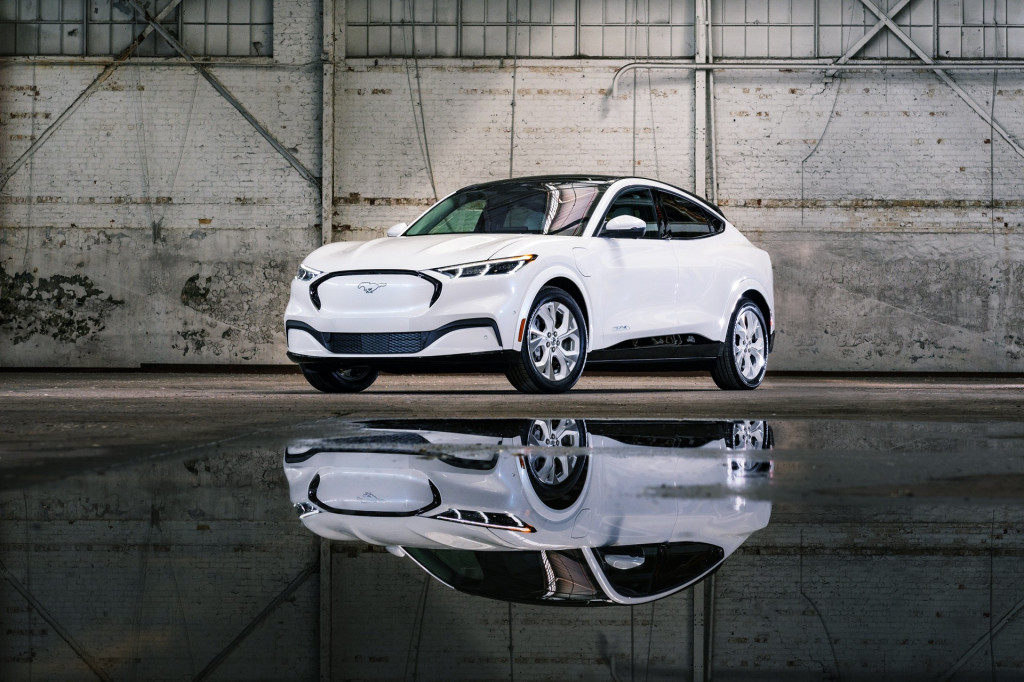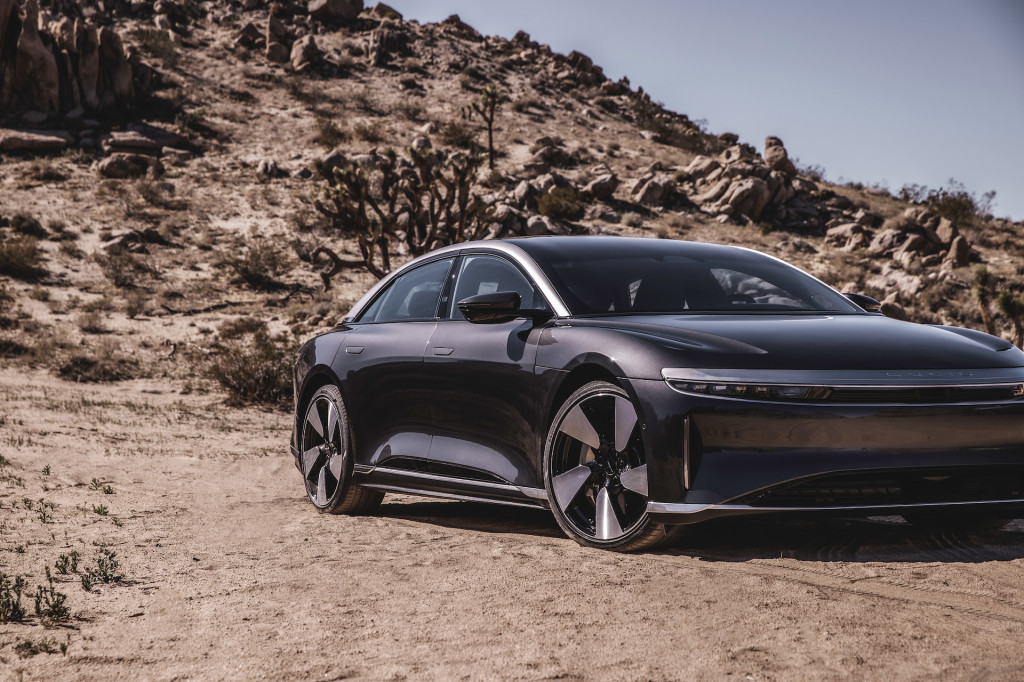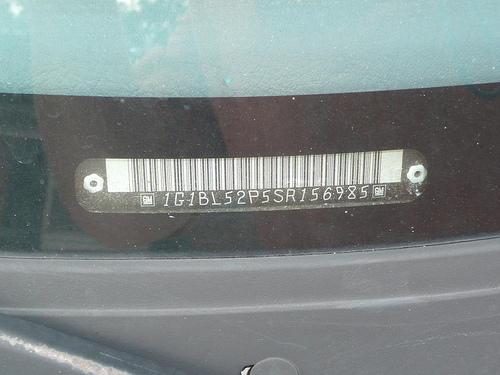The revamped EV tax credit that was ushered in Tuesday when President Biden signed the Inflation Reduction Act, dramatically and immediately cuts the number of eligible EV and plug-in hybrid models.
It also leaves a lot of room for interpretation on whether buyers for the rest of the 2022 calendar year might be able to claim it at all. But with some preliminary guidance issued late Tuesday by the Department of Energy and Internal Revenue Service, those aiming to claim the Clean Vehicle Credit, as it’s now called, have some early assurance of two things:
The 200,000-vehicle cap isn’t lifted until 2023. So Tesla and GM vehicles aren’t eligible again until the 2023 tax year—on purchases made from January 2023 on. A Tesla Model 3 bought today is not eligible for the credit, for instance.
North American assembly is mandatory. The location of final assembly needs to be in North America—that’s the U.S., Canada, or Mexico in this case—to claim it on vehicles purchased on or after August 16, 2022.

2022 Ford Mustang Mach-E
So the Ford Mustang Mach-E, for instance, remains eligible for the $7,500 credit, as Ford hasn’t yet hit the 200,000-vehicle cap and it’s made in Mexico.
Thanks to Transition Rule language written into the rule, those who signed a binding purchase contract for an EV that qualified before August 16 will still be able to claim the credit.
That means some buyers of vehicles that qualify as American-made but fail to meet the new credit’s price caps—such as those from Rivian and Lucid—likely have until January 1, 2023 buy a tax-credit-eligible vehicle.

2022 Lucid Air Grand Touring Performance
The stipulation on final assembly leaves a very short list of eligible plug-in vehicles. And with the application of upcoming rules on critical minerals, battery sourcing, and domestic content thresholds.
Because Mexico and Canada aren’t the same as U.S.-made to many shoppers, we’ve indicated the current country of origin. Starting with the list of North American–assembled vehicles from the DOE and filtering out vehicles from GM and Tesla, here are models for which you might be able to claim the credit (with credit amounts specifically carrying over from this pre-revamp list):
Audi Q5 plug-in hybrid (Mexico)
BMW 330e (Mexico)
BMW X5 xDrive45e (Mexico)
Chrysler Pacifica Hybrid (Canada)
Ford Escape Plug-In Hybrid (U.S.)
Ford F-150 Lightning (U.S.)
Ford Mustang Mach-E (Mexico)
Ford E-Transit (U.S.)
Jeep Grand Cherokee 4xe (U.S.)
Jeep Wrangler 4xe (U.S.)
Lincoln Aviator Grand Touring (U.S.)
Lincoln Corsair Grand Touring (U.S.)
Lucid Air (U.S.)
Nissan Leaf (U.S.)
Rivian R1S (U.S.)
Rivian R1T (U.S.)
Volvo S60 Recharge (U.S.)

2023 Mercedes-Benz EQS SUV
The tax credit might also potentially apply to a few deliveries of the Mercedes-Benz EQS SUV, due for U.S. production (and deliveries) before the end of the year—squeaking in before price caps apply in 2023.
There will surely be some exceptions on the eligibility list, and the IRS notes: “Because some models are built in multiple locations, there may be vehicles on the Department of Energy list that do not meet the final assembly requirement in all circumstances.”
Some of these anomalies that you might find at the dealership likely result because of supply-chain issues. For instance, the federal government lists the BMW 330e as having final assembly in North America, while the example we drove last spring was confirmed (by VIN and window sticker) as built in Germany.
It’s all in the VIN
To double-check, we recommend looking specifically at the VIN (the vehicle-specific identifier, found at the base of the windshield) of the vehicle you’re buying—and using the NHTSA’s VIN decoder to verify the assembly point. There are other ways to read the VIN, but it gets complicated.

VIN tag of 1995 Chevrolet Caprice, by Flickr user Ingue86
It’s also buyer beware and, to some degree, subject to change, and the federal government is underscoring this. “The Internal Revenue Service and the Department of the Treasury will post information and request comments from the public on various existing and new tax credit incentives in the coming weeks and months,” the IRS noted.
The past day’s additional news brings some peace of mind, however. If you choose a vehicle that you can document had final assembly in the U.S., a model that previously made the cut, and one from a manufacturer that hasn’t yet reached its 200,000-vehicle cap, it appears you’ll be able to take advantage of this important perk for tax year 2022 after all.













